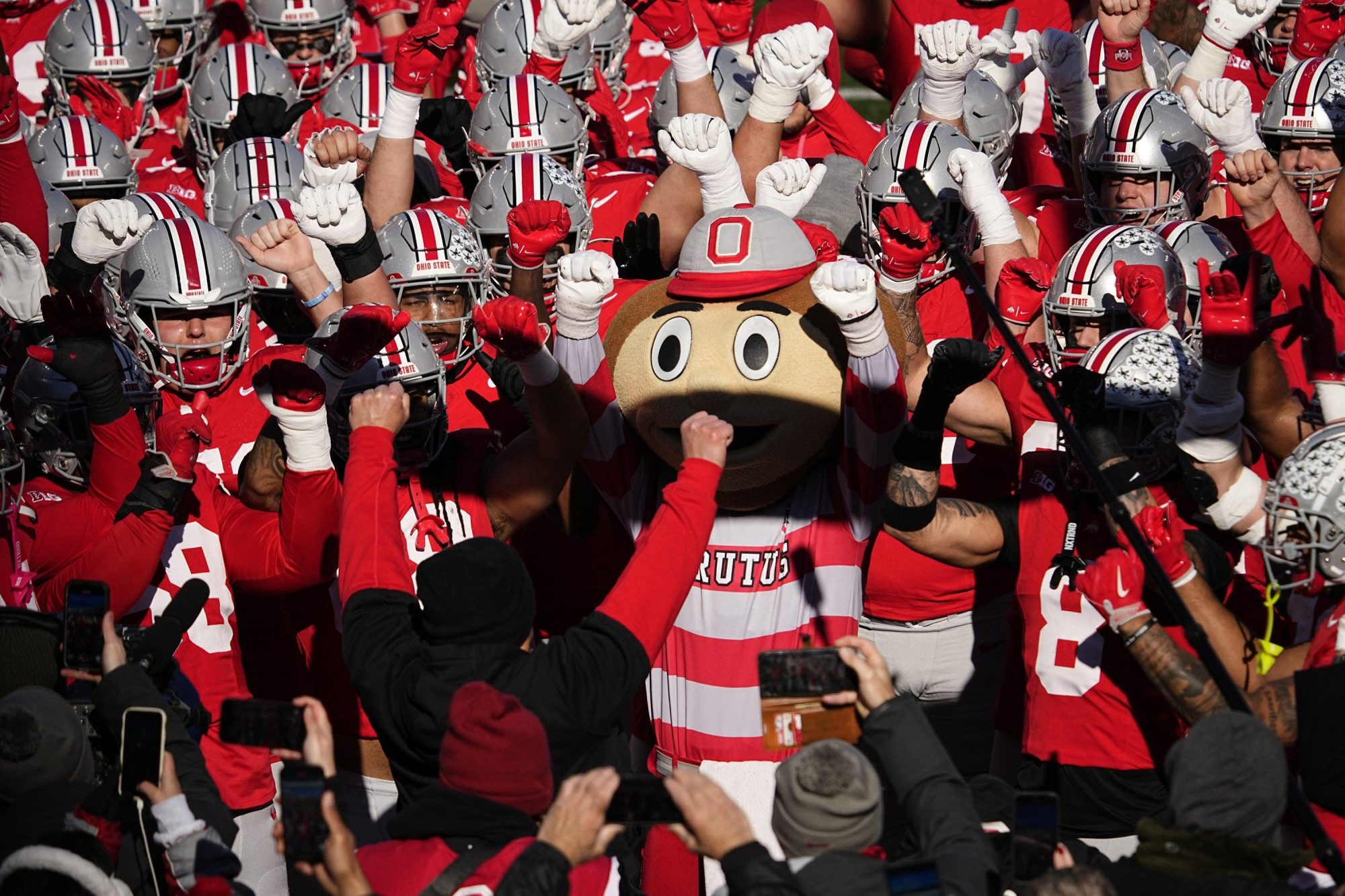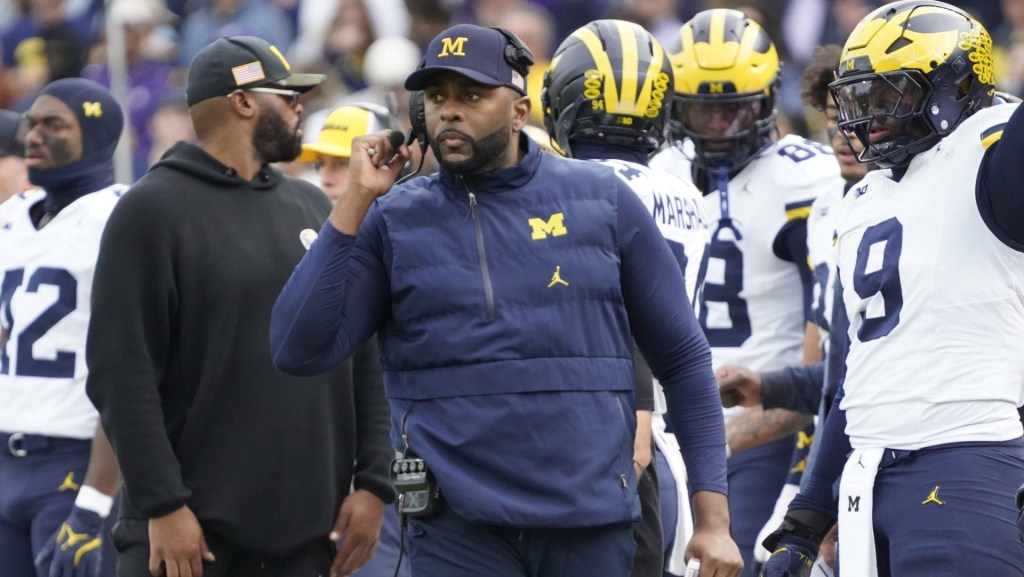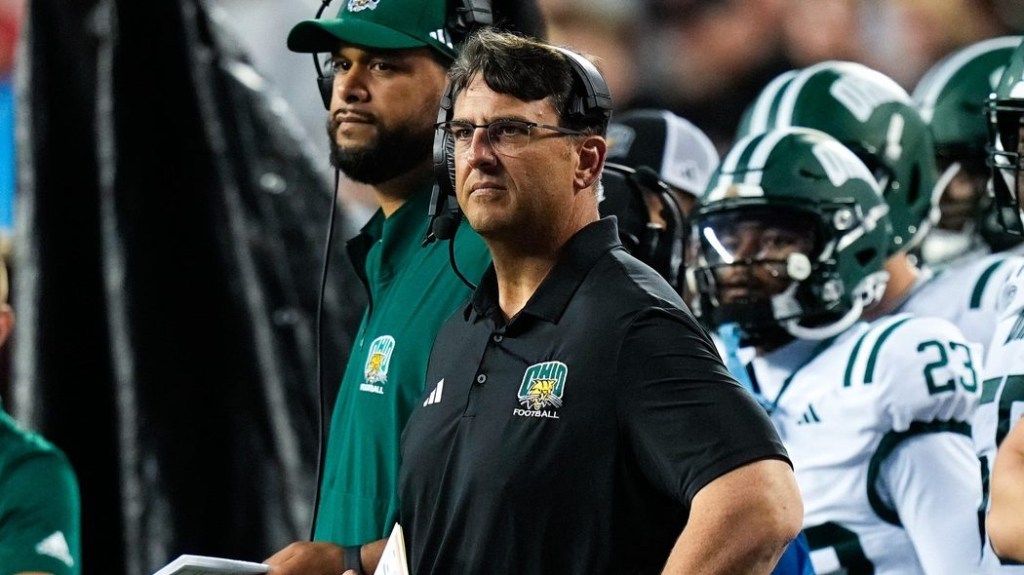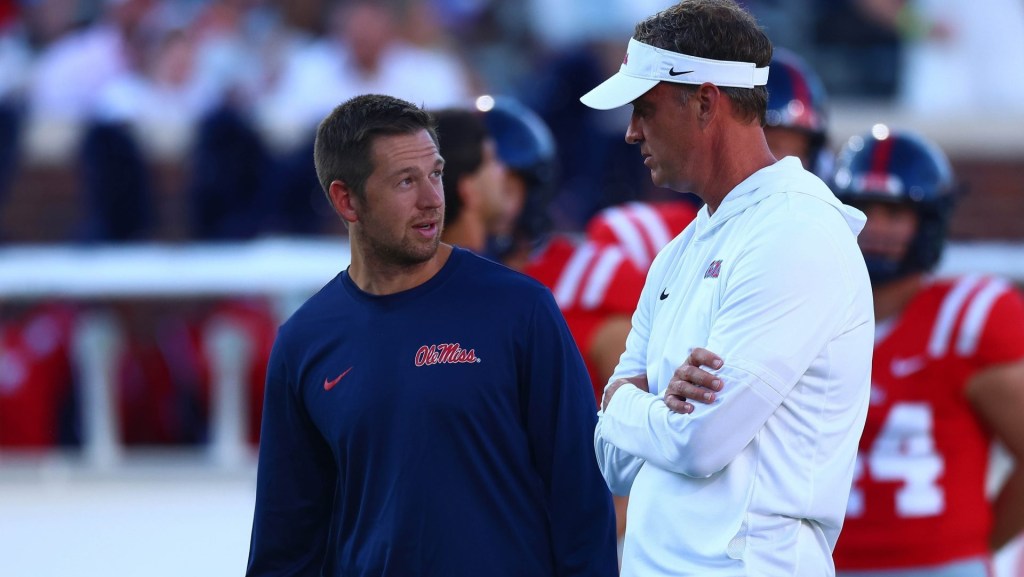In the battle between the Big Ten and SEC for college football dominance, the Big Ten is winning. And with multimillion-dollar College Football Playoff payouts, the conference has earned much more than bragging rights.
The first year of the expansion era began with college football’s super leagues on (almost) equal footing. The Big Ten landed four teams in the bracket: conference champion Oregon and at-large bids Penn State, Ohio State, and Indiana. The SEC notched three, with conference champion Georgia leading the way, and Tennessee and Texas making appearances as well.
But as the rounds progressed, the SEC’s lone survivor became newcomer Texas. Meanwhile, the Big Ten makes up half of the semifinalists, with mainstays Penn State (playing Notre Dame in Thursday’s Orange Bowl) and Ohio State (facing the Longhorns in Friday’s Cotton Bowl). A decade ago, Ohio State won the first-ever CFP title, and has a chance to plant the Big Ten flag yet again on the first-ever expanded championship.
The Big Ten has earned $40 million in bonuses so far, while the SEC has earned $26 million. The formula comes from the CFP’s new prize money system: Each team earns $4 million for making it into the Playoff, an additional $4 million for making a quarterfinal, and another $6 million for making a semifinal. (Teams also receive $3 million per game for travel expenses.)
Despite touting a semifinalist and the second-highest prize payout of any league in college sports, the SEC’s performance has sparked consternation among the league’s fan bases—especially as it relates to their worst fear imaginable: an all–Big Ten national championship game.
“This would really completely change the paradigm of college football … if it’s two Big Ten teams and the Big Ten is ruling the world,” SEC Network host Paul Finebaum said early this week. “I’m not sure what we’re gonna do down here in SEC country but hang our heads.”
The prize money system could throw more salt in the wound if Texas doesn’t win Friday: The two national-championship-bound teams earn $6 million for their conferences (or in Notre Dame’s case, for itself). That means the Big Ten has a chance to rake in $12 million more for an all–Big Ten game next week in Atlanta.
SEC commissioner Greg Sankey has already begun lobbying for amendments to the qualification format and bracket—no doubt spurred by the league’s lack of success this season and criticism from some that Alabama was snubbed.
Sankey doesn’t just want to have more teams in the postseason next year—he wants his league to dominate the entire event. He’s suggested on multiple occasions that he expects the SEC to earn eight spots: one conference champion, and all seven remaining at-large bids. That’s the maximum amount of bids that any conference can earn.
“What is my objective? I’d love to have eight teams,” he said early in December. “This conference, the Southeastern Conference is unique in our rigor and our depth, and I think that has to be understood and recognized.”
But for now, the league is riding on the success of new member Texas, who may have to beat two Big Ten teams to win the championship. Perhaps sending eight teams to the Playoff is a goal it can hope to achieve next year.
















